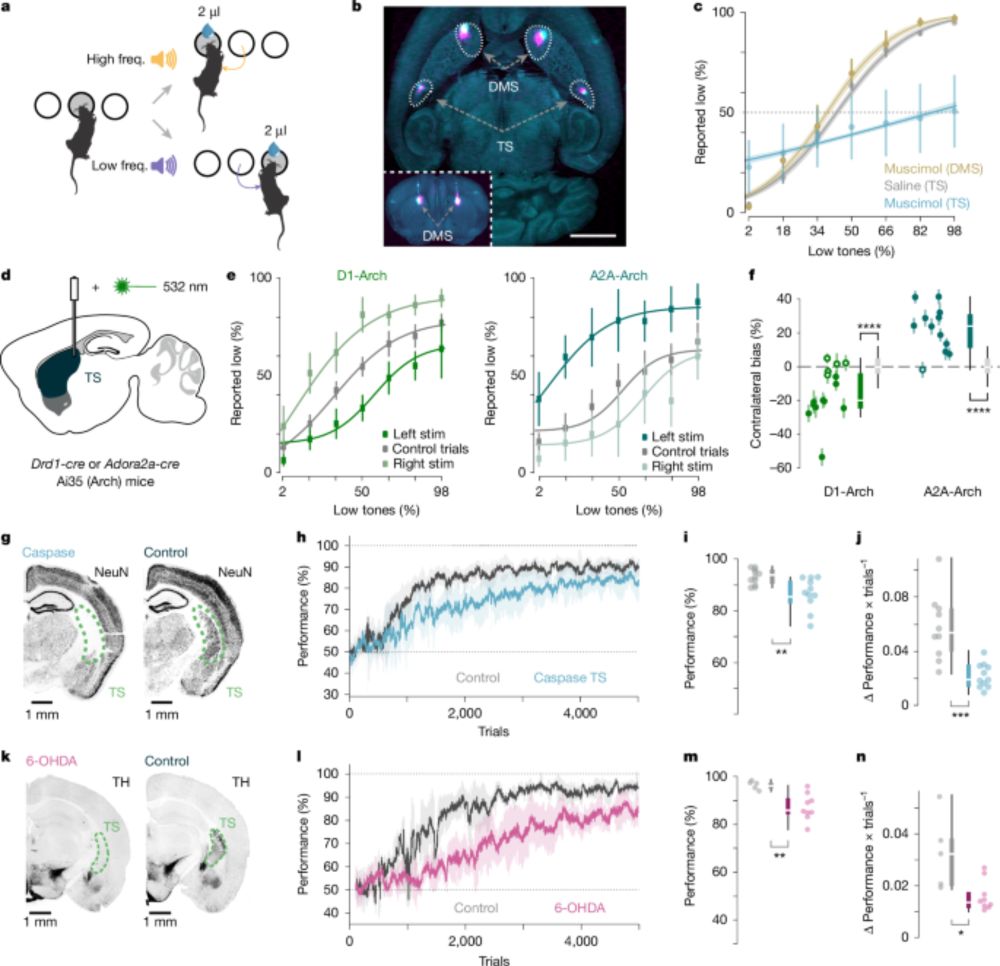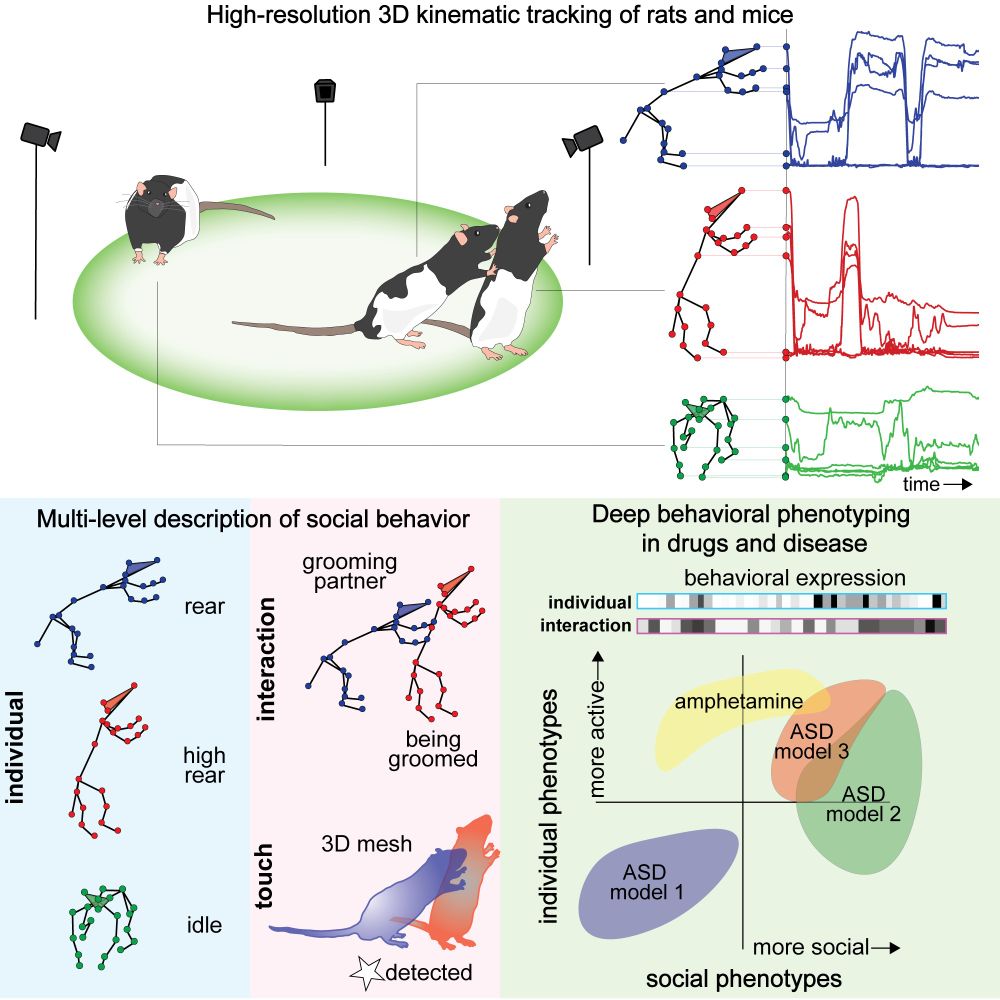Jeff Markowitz
@vulcnethologist.bsky.social
81 followers
44 following
13 posts
Assistant Professor BME Georgia Tech & Emory. Neuro...stuff. Tweets are my own. He/him.
Posts
Media
Videos
Starter Packs
Reposted by Jeff Markowitz
Hugo Spiers
@hugospiers.bsky.social
· May 15

Dopaminergic action prediction errors serve as a value-free teaching signal - Nature
Dopaminergic action prediction error signals are used by mice as a value-free teaching signal to reinforce stable sound–action associations in the tail of the striatum.
www.nature.com
Reposted by Jeff Markowitz
Ben Saunders
@bensaunders.bsky.social
· May 12
Reposted by Jeff Markowitz
Ben Saunders
@bensaunders.bsky.social
· Mar 21

Striatal dopamine represents valence on dynamic regional scales
Adaptive decision making relies on dynamic updating of learned associations where environmental cues come to predict valenced stimuli, such as food or threat. Cue-guided behavior depends on a network ...
www.jneurosci.org
Reposted by Jeff Markowitz
Reposted by Jeff Markowitz
Reposted by Jeff Markowitz
Datta Lab
@dattalab.bsky.social
· May 9

A spatial code governs olfactory receptor choice and aligns sensory maps in the nose and brain
Although topographical maps organize many peripheral sensory systems, it remains unclear whether olfactory sensory neurons (OSNs) choose which of the ~1100 odor receptors (ORs) to express based upon t...
www.biorxiv.org
Reposted by Jeff Markowitz
Reposted by Jeff Markowitz
Bilal Haider
@haiderlab.bsky.social
· Mar 27
Reposted by Jeff Markowitz
Reposted by Jeff Markowitz
Reposted by Jeff Markowitz










